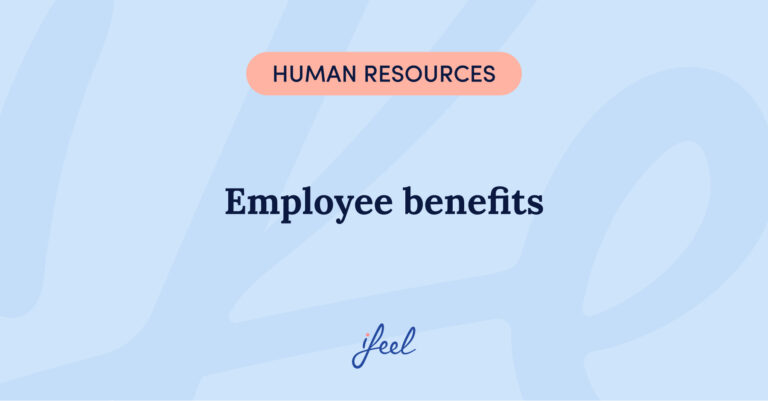Is there a difference between feelings and emotions? The definitions of feelings and emotions continue to be a topic of much debate among psychology professionals. It is difficult to distinguish the difference between feelings and emotions, as we tend to use them interchangeably when we speak informally. In this article, we have outlined the nuances that differentiate emotions from feelings.
The difference between feelings and emotions
Let’s start by talking about emotion. Emotions, especially those that are basic, are the automatic responses that appear before certain stimuli, such as the sadness we experience when we lose a loved one. Emotion is linked to our brain and, therefore, produces certain psychophysiological changes in us that allow us to adapt to our environment.

One of the most significant authors in the study of emotions is Paul Ekman, who in the 1990s categorized the six basic emotions in his theory of emotion, which to this day remains one of the most popular in this field of psychology. Although it is a subject that continues to create controversy among authors, the emotions Ekman considers basic are: fear, anger, sadness, joy, disgust, and surprise.
3 components of emotion
When we are faced with a situation, our emotions activate our thoughts, attitudes, and beliefs about what is happening. This way, they influence how we perceive and interpret this situation, which ultimately determines how we will act. Therefore, the components of emotion are said to be threefold:
1. The physiological components of emotion (relating to the body)
They determine how we react in the first moment, involuntarily. For example, if we are afraid of insects and we encounter one, our heartbeat will accelerate, our muscles will tense, we will sweat, etc.
2. Cognitive components
They allow us to evaluate the situation consciously and unconsciously and this influences our subjective experience. If I have had negative experiences with insects, in which I have suffered painful bites, the presence of an insect will trigger in me an emotion of fear.
3. Behavioral components.
Continuing with this example, these would be body movements, changes in facial expression, or trembling in the voice when I notice that the insect is around me.
Feelings
Let move on to talk about feelings. Feelings are the subjective perceptions of emotions, that is, the way in which each of us interprets the emotion and gives it a name. Therefore, depending on our personality, beliefs, and past experiences we will interpret the emotion differently and this will produce different feelings.
Therefore, we could say that the difference between emotions and feelings is that emotions are produced unconsciously and feelings are the conscious form of emotions: they have a more rational component. For example, imagine that you have landed your dream job, the emotion of joy invades you and can manifest itself with feelings of satisfaction, optimism, or gratitude, among others.
When we talk about the difference between feelings and emotions, we can’t give absolute and specific definitions, since both concepts are interrelated. Although we can say that emotions are irrational and immediate and feelings are the product of a conscious analysis of the situation, the truth is that emotion and feeling cannot occur in a unilateral way. There is no emotion without feeling and vice versa.
When debating the difference between feelings and emotions, it is more a theoretical question than a practical one, which aims to understand the whole process that originates them and in which part of the conscious experience we find ourselves. Nevertheless, there are many occasions in which we can use both concepts as if they were synonyms.
Emotions and feelings are part of us and influence to a great extent the decisions we make every day and in many cases, we are not aware of the great role they play in our daily lives.
Managing feelings and emotions
Beyond the fact of knowing the difference between feelings and emotions, what is really important for any person is how they manage them. Even if you believe that feelings and emotions cannot be controlled, we can take the time to identify what we feel, give it a name, and once we have identified it, we can analyze it and make decisions about how to deal with it.
It is important that we stop and analyze how we react to events and whether we are giving the appropriate emotional response to them. This is defined as emotional self-knowledge and, in addition, it is one of the components of the nowadays so popular emotional intelligence.
If you think this is not your case and you need to learn to give life’s problems the right importance and boost your emotional intelligence and well-being by learning the difference between emotions and feelings, we recommend you seek help from a professional who can teach and guide you in this process of personal improvement.











